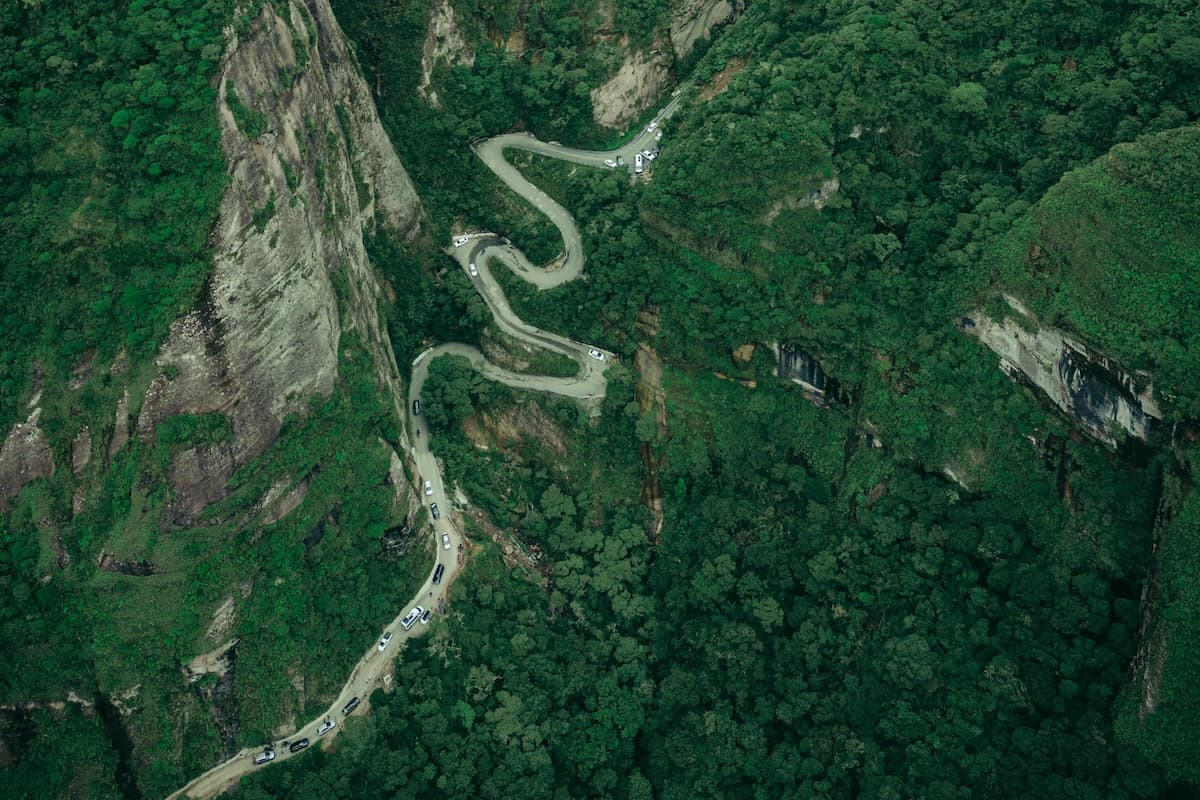Cloud forest & páramo NbS for water security in Colombia

In April this year Colombia experienced 40% lower rainfall than expected, leading to water shortages during the height of the pandemic. As climate change progresses, Colombian water security will be increasingly threatened with knock-on effects for agriculture, health, and hydroelectric power which generates 73% of the country’s electricity. It is clear that steps must be taken to improve water security in Colombia, and protection and restoration of mountain ecosystems is a key part of the solution.
70% of the Colombian population receives water from watersheds including páramos (alpine tundra) or cloud forests. These ecosystems are particularly good at reducing fluctuation of water flows because they have spongy soils that absorb, hold and gradually release water over time. They also improve water quality by filtering out pollutants and preventing soil erosion, and hence reduce the cost of water treatment.
Deforestation has degraded the ecosystem services provided by Andean forests – over 4.3 million ha of forest were lost 2002-2019, and despite government efforts to clamp-down, deforestation has been rife in 2020. Protecting and restoring páramos and cloud forests therefore holds great potential for improving water security, in addition to providing habitat for vulnerable endemic species in these shrinking ecosystems.
The World Resource Institute (WRI) suggests three key needs to better enable Colombia to invest in NbS:
- Evidence-based business case – public and private investors are currently discouraged from investing in montane ecosystem conservation and restoration due to the lack of clear, comprehensive evidence of the environmental, social and economic benefits of doing so.
- Participatory monitoring and project evaluation – local communities must play a central role in the planning and implementation of NbS, and projects can be integrated into local institutions such as community groups and schools to ensure long-term project success; evaluation of project outcomes is needed to allow iterative improvement of methods and to provide security to investors.
- Policies to support NbS – policies are needed to foster systematic implementation of NbS at scale. Whilst montane NbS are already supported by some policies, such as the National Restoration Plan and National Development Plan, there are further opportunities to be taken. For example, regulations could recognise NbS as drought insurance measures or portfolio diversification strategies in the energy market.
This Colombian case study provides insights that are globally relevant for ensuring water security in the face of climate change, especially in countries that rely on hydropower for their water supply.
Read the full article by WRI here.




